French Canadian Guédille and the Mysteries of Machine Translation
The French-Canadian word guédille is a bit of a mystery. It is the name of a sandwich, yes, a type of lobster roll variant perhaps, wherein a New England-style split-top hot dog bun is used as a vehicle to transport various salads, meats, even French fries to one’s mouth. According to the French language version of the site Wiktionary, the word’s origins are obscure, but it appears to have come into use circa 1956. Also according to Wiktionary, it has a secondary meaning beyond the sandwich type.

It’s unusual to have a sandwich named after a singularly disgusting bodily byproduct, but I suppose not entirely unheard of. We have, after all, written up Shit on a Shingle and similar sandwiches previously. However, as I researched the sandwich this month, I ran into a few odd glitches of translation as well. For instance, I noticed this Culinary History of Quebec has a paragraph on the guédille wherein Google translates the word differently based on how it is capitalized.
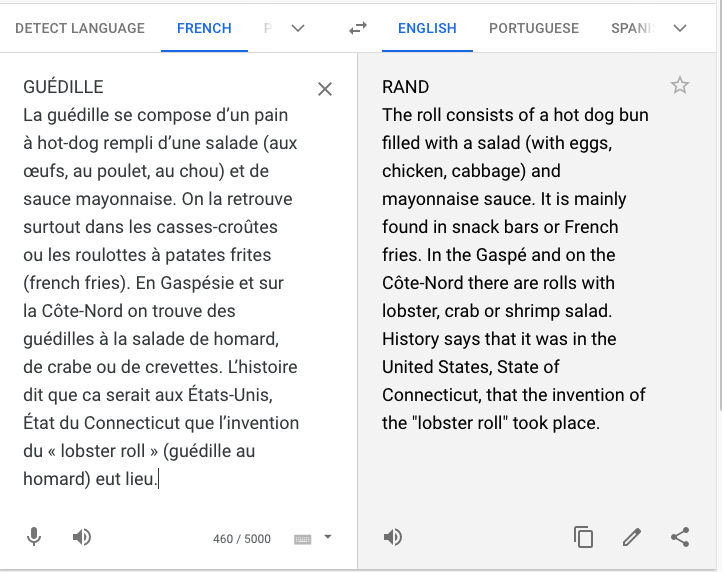
I removed the paragraph and the translation remained consistent for the differently capitalized versions of guédille. In lower-case, the word is translated as roll–a bread roll, like the hot dog bun that defines this French-Canadian snack bar fare. What is RAND though in this context? I am only familiar with the word as a proper noun in English, but there are some archaic usages–from middle English and old English, as a border or edge of something, or a strip of meat.
But when only the first letter is capitalized, or when the word is preceded by a definite article, the word is not translated at all. This makes sense, I suppose–the capitalized initial letter indicates a proper name that would not change when switching languages, and the definite article indicates a singularly named object.
Playing with capitalization further just made things weirder.

“Weddle,” according to Wiktionary, is a surname in English shared by over 6,000 individuals in the US. I don’t believe I’ve ever met or heard of anyone with the surname Weddle. Yet it appears to be almost eight times more common than my own. At first, with my ignorance of all things Francophonic, I thought Weddle might just be a phonetic “translation”–swallow the “g” a bit and guédille looks like it might be pronounced weddle. But the correct pronunciation of the word in French is more like geh-DEEY.
According to my eldest, who has a college degree in an arcane subject known as “computational linguistics,” machine translators like Google’s are trained in translating language pairs by being fed many examples of source texts and their translations called corpora. The translation programs build algorithms based on these corpora and a basic set of instructions they’re given. In other words, “the whole thing about machine learning is we don’t really know what it’s doing, we just tell it how to figure it out.” Which doesn’t tell me what hat Skynet pulled RAND from or why, or which meaning of Rand was intended in the translation, or why the sandwich was named guédille in the first place.
Wiktionary thinks it may be based on a French word for lettuce. That’s good enough for me, I suppose. Salad is a defining factor in the sandwich.

Different areas of Quebec have different recipes for the sandwich, and the only real commonalities I’ve found are that it will be served in a hot dog bun and contain some kind of salad–lettuce, bell pepper, celery, and green onion, as in the above video, or maybe a seafood salad of some kind. A guédille, thus, may be as simple as coleslaw and fries in a hot dog bun, as described in this Chowhound thread.



The basic description of the sandwich on Wiktionary and on the Wikipedia List of Sandwiches both specify that the bun is usually not toasted for this sandwich. However, every recipe I’ve read calls for toasting it. This tells me that recipe writers are prone to be more hip to the split-top hot dog bun’s greatest attribute, those beautifully toastable sliced sides, than Wikipedia contributors are.
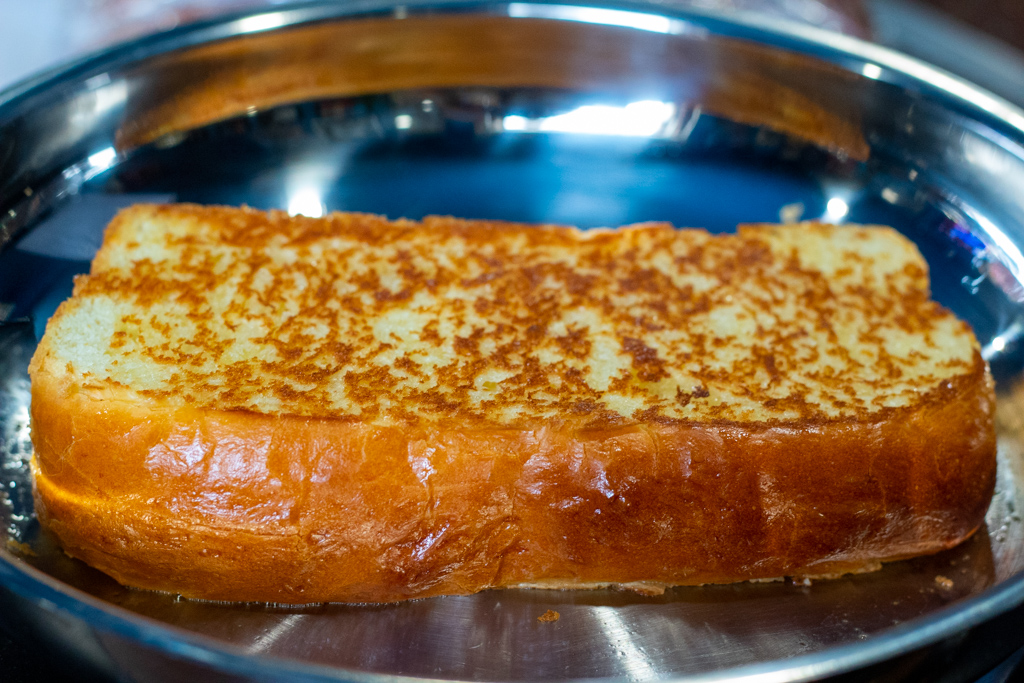
I made my own buns for these sandwiches, placing 10 of them side-by-side in a 9×13″ pan. As a result, the buns rose vertically quite a bit more than a standard bun might, and I had even more toastable goodness on the sides. Toasting the buns also has the effect of softening the bread’s crumb, allowing it to split open more flexibly for your selected fillings.
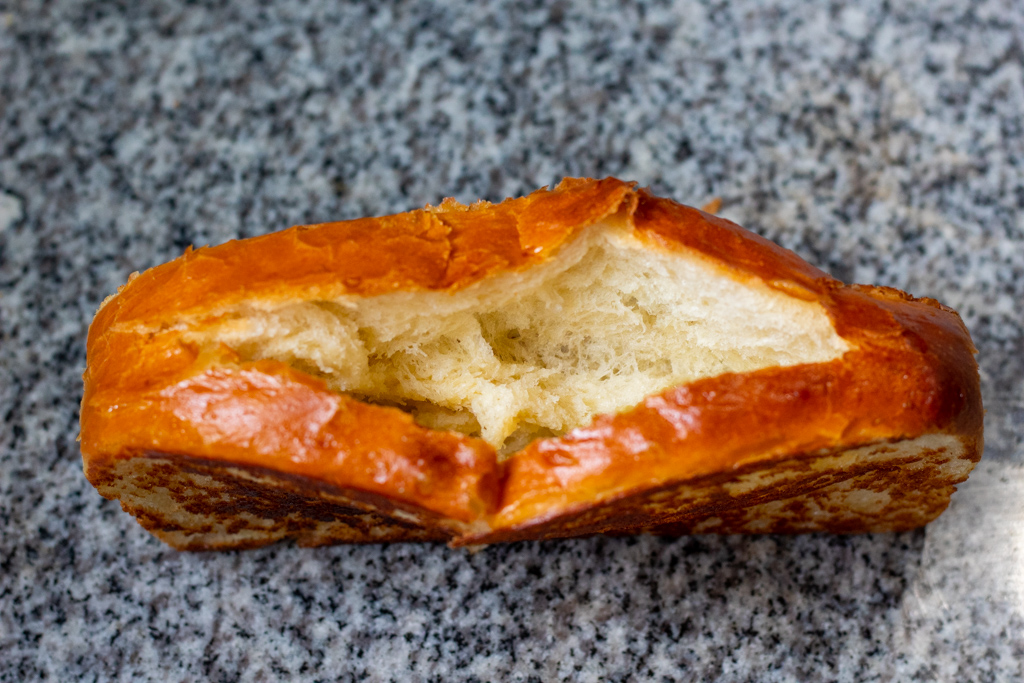
There are far too many different possibilities to cover every variant of the guédille in a single post, or even in a single month. I did find several recipes online that interested me though. These may or may not be representative of the state of guédilles in Canada.
An English-language recipe from a site called Diversivore describes roasting a salmon filet with a coating of seasoned mayonnaise, then mixing the cooked, flaked salmon with the mayo and some homemade coleslaw to make a Salmon salad guédille. I used the spice mix from our grillades post to season the mayonnaise-coated salmon, and (as with the coleslaw-and-fries version earlier) reused the leftover slaw from our post on North Carolina’s Ground Steak sandwich to make this version of the sandwich, which was a surprisingly big hit with our youngest, Ian.





Continuing with the seafood theme, I found a French-language recipe that described a shrimp salad sandwich garnished with pickled shallots. The pickled shallots are simple–merely thin-sliced shallots brined overnight with apple cider vinegar, salt, and sugar–but would be a spectacular addition to many sandwiches. The shrimp salad gets a crunchy boost from both celery and sliced radishes.


A for-kids version of the sandwich from the website of Canadian deli brand Olymel consists of cubes of ham and red bell pepper, dressed with dijonn mustard, mayonnaise, and chives and served in a toasted bun. This was delicious–the mustard of course is a better match for the ham than plain mayo would have been, and the sweetness of the bell pepper offset the additional pungency well.


Perhaps best of all though was the “Esther B” version of the sandwich from a Quebecois recipe-sharing website called “Passion Recipes.” Esther’s version calls for a chicken salad–Esther suggests leftover roast chicken but I bought an extra rotisserie chicken from Costco and used that. (Leftover roast chicken is not a thing that happens in my house.) The chicken gets chopped into pieces, mixed with celery, onion (I used shallots) and herbs, and then served in a toasted hot dog bun with bacon, lettuce, and tomato.



This was just about as good a sandwich along these lines as I can imagine making. It combines the good bits of a chicken salad sandwich with the even better bits of a BLT and makes a kind of vertically-oriented Frankenstein Club Sandwich out of the result. And as with a lobster rolls, guédille sandwiches in general seem to be an ideal showcase for the advantages of the split-top hot dog bun–the buttery soft crumb, the toastable sides, the hinged bottom that retains an overstuffing of loose ingredients better than most other types of bread. I’m out of time in February for eating these French Canadian treats, but they have convinced me that I need to make these hot dog buns more often, if nothing else.
As usual, we here at the Tribunal are interested to hear your experiences with the sandwiches we cover. Any Quebecers out there reading this who’d like to tell us about their favorites? Please leave a comment. In the meantime, we’ll see you in March when we’ll have 3 more sandwiches to explore!

I like sandwiches.
I like a lot of other things too but sandwiches are pretty great






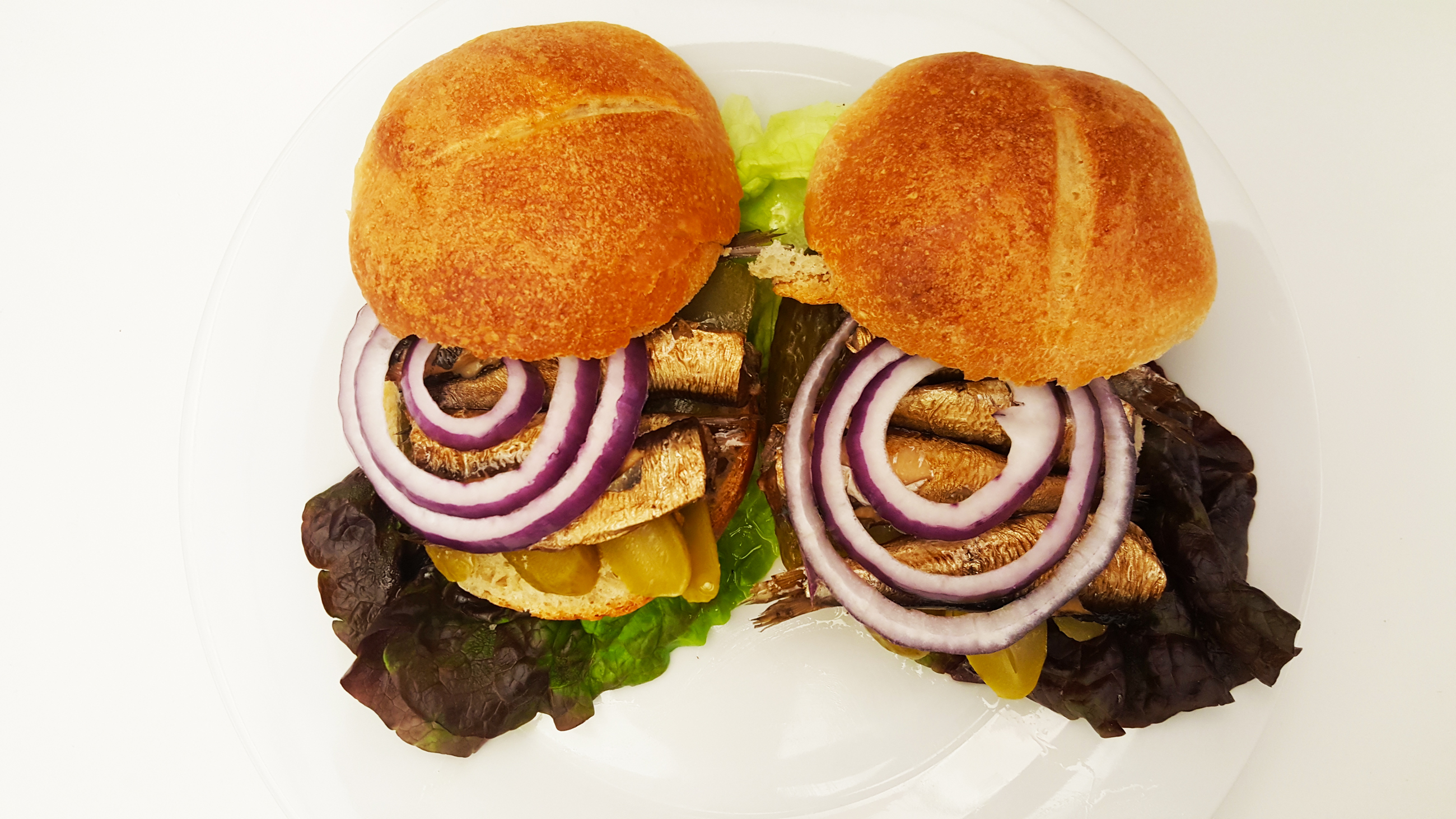

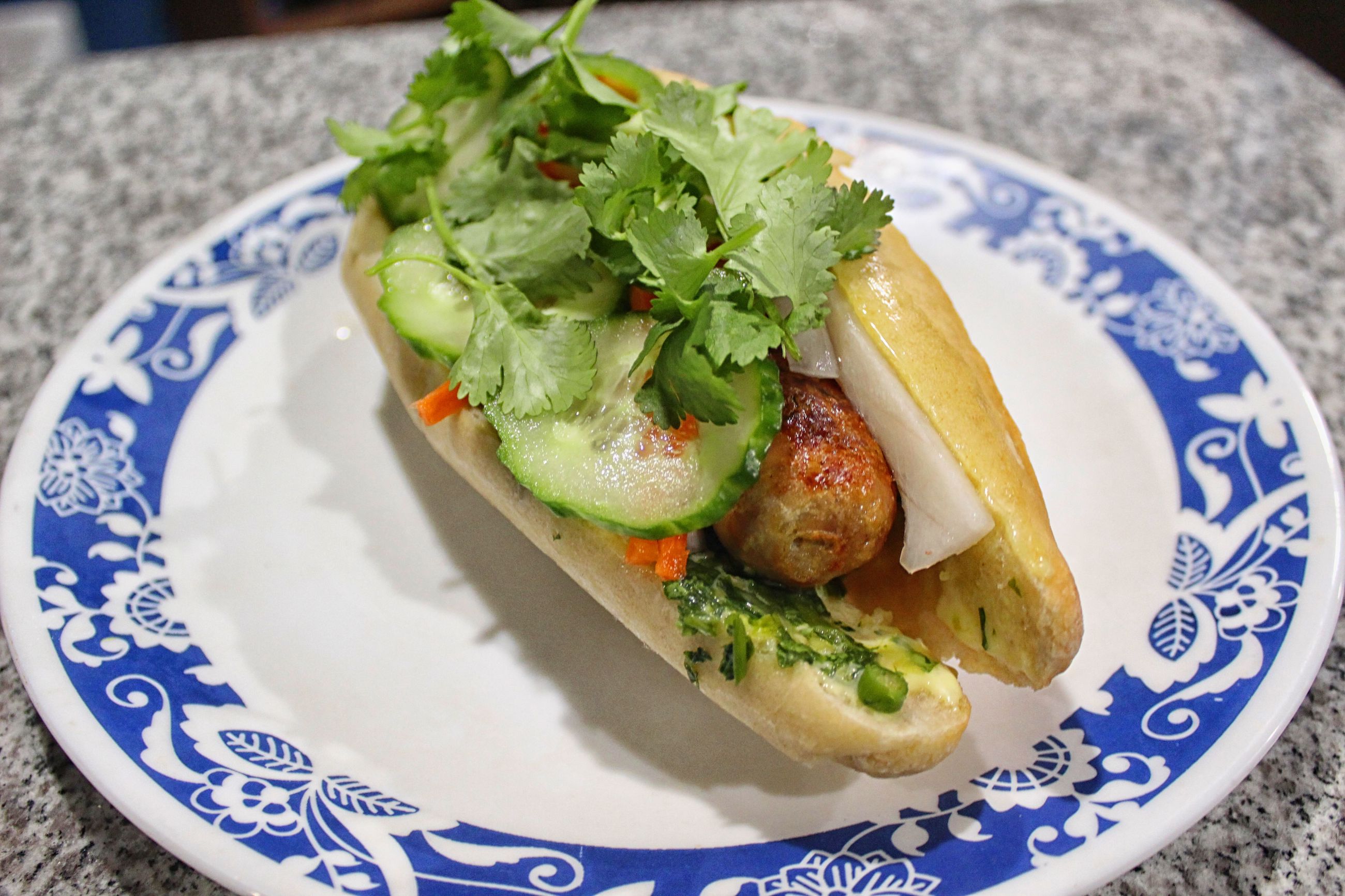






I had a guedille years ago at a snack bar in Magog Quebec and could never quite figure out what was in it or how to pronounce it. It’s deliciousness haunts me to this day. Now I have to try making it and finally know how to say it. Thanks.